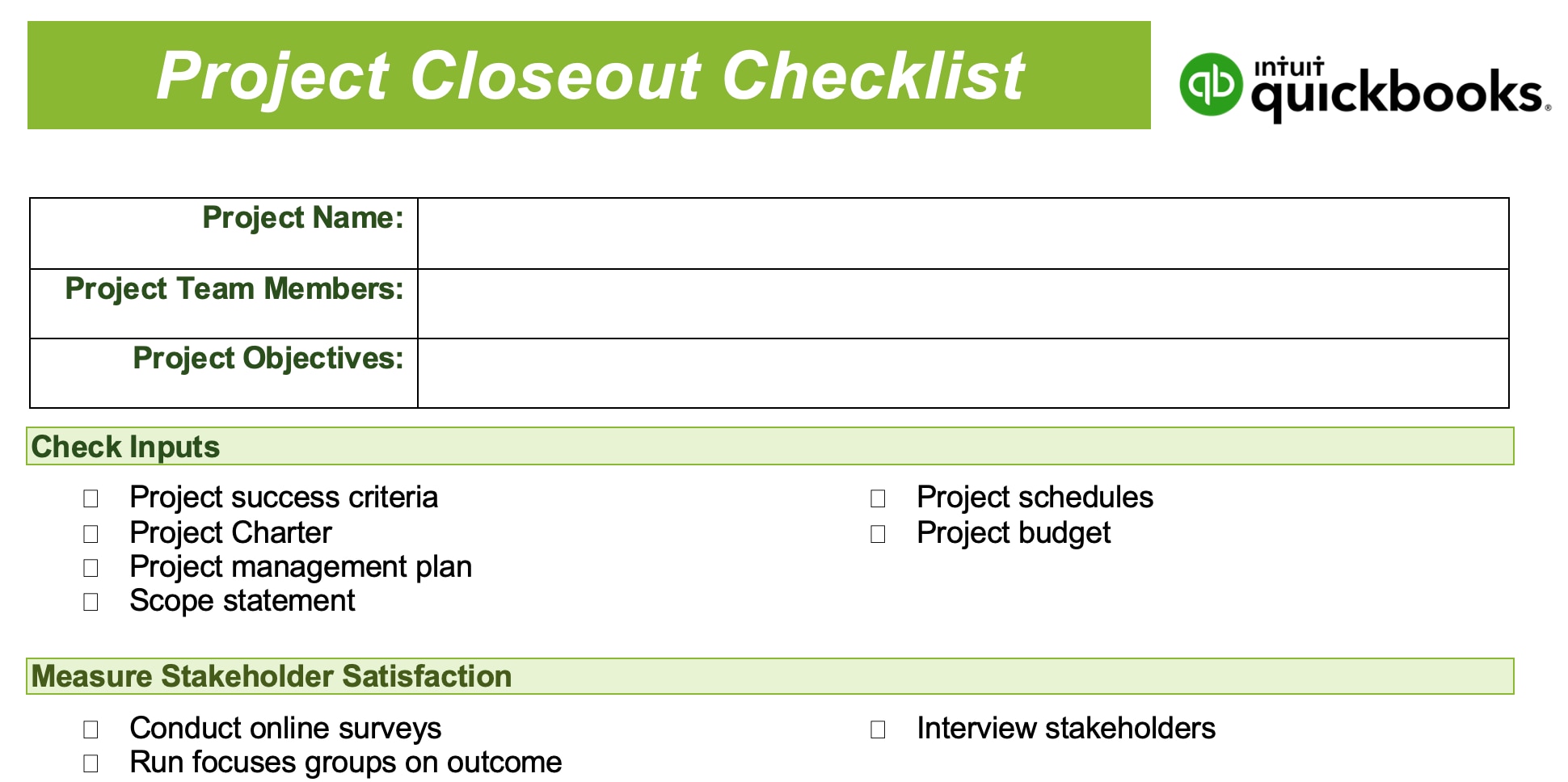How do you know when a project has been completed and come to an end? Without a process in place to ensure an orderly close to a large and complicated project, tasks can continue to drag on. Loose ends and unwritten reports can cause issues, and team members are pulled this way and that on old and new project tasks.
The closing phase of project management is an integral part of any project lifecycle. Here is what you need to do at the end of a project to help ensure your next undertaking comes to a successful conclusion.




